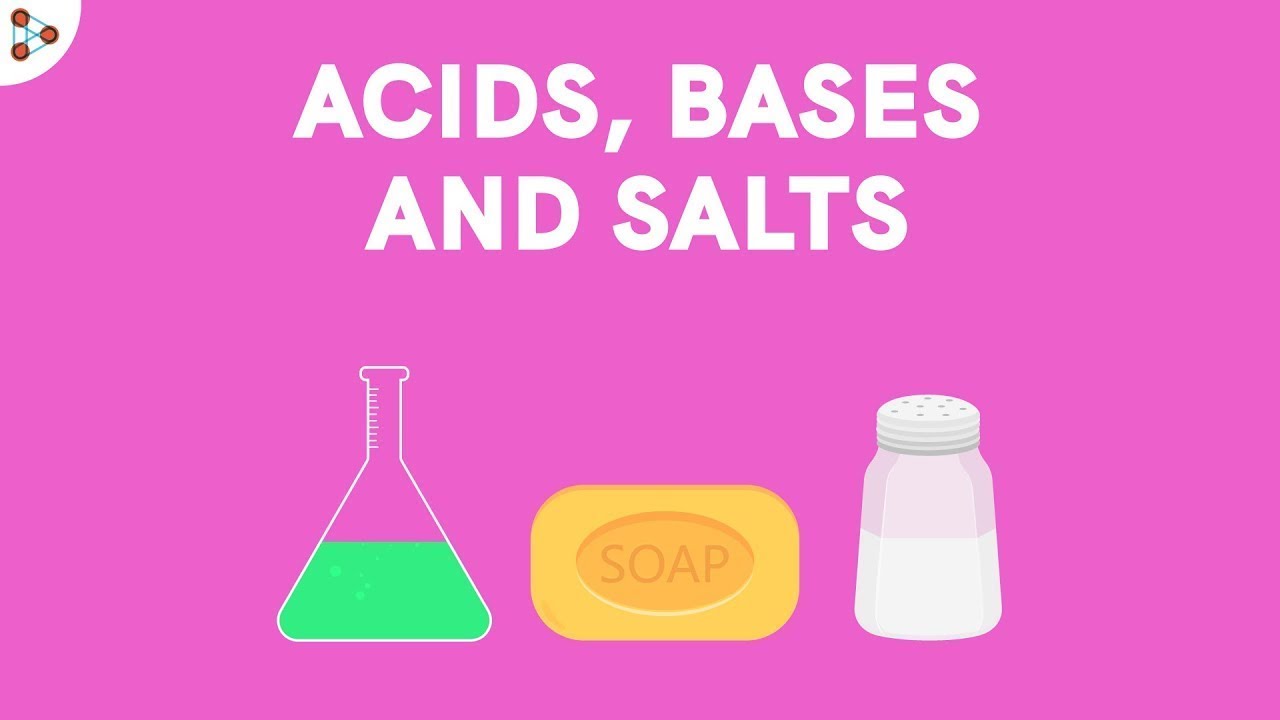
About Lesson
4.1 Acids and Bases:
-
Introduction to Acids and Bases:
-
Acids taste sour like lemon juice, while bases taste bitter like baking soda.
-
Acids are often found in foods like curd and vinegar, while bases are in substances like soap.
-
Knowing their tastes helps us identify them in everyday items.
-
-
Origin and Meaning of Acids:
-
The word “acid” comes from Latin, meaning sour.
-
When we taste something sour like vinegar, we’re actually tasting acids.
-
Understanding this helps us know which foods have acids in them.
-
-
Identification of Acids and Bases:
-
We can tell if something is an acid or base by its taste and how it feels.
-
For example, lemon juice tastes sour because it’s acidic, while soap feels slippery because it’s basic.
-
Recognizing these traits helps us understand the properties of different substances.
-
-
Importance of Understanding Acids and Bases:
-
Knowing about acids and bases helps us in cooking, cleaning, and understanding how things work.
-
For instance, using vinegar to clean can be more effective because it’s acidic.
-
Recognizing basic substances like baking soda helps us use them safely and effectively.
-
-
4.2 Natural Indicators:
-
Introduction to Natural Indicators:
-
Natural indicators like litmus and turmeric help us figure out if something is acidic or basic.
-
Litmus turns red in acids and blue in bases, while turmeric changes color too.
-
Using these indicators is like having a secret code to identify different substances.
-
-
Role of Litmus as a Natural Indicator:
-
Litmus is like a color-changing detective.
-
When we add it to a liquid, it tells us if the liquid is acidic (turns red) or basic (turns blue).
-
This helps us know what’s in the liquid without having to taste it.
-
-
Application of Turmeric as a Natural Indicator:
-
Turmeric is another color-changing tool.
-
It goes from yellow to red in acids and from yellow to brown in bases.
-
This is handy for figuring out the acidity or basicity of different things.
-
-
-
Significance of Natural Indicators:
-
Natural indicators are like magic tricks for scientists.
-
They help us understand what’s happening in chemical reactions and what substances are made of.
-
Knowing how to use them helps us learn more about the world around us.
-
4.3 Neutralisation:
-
Introduction to Neutralisation: Neutralisation is the process where an acid and a base react to form a salt and water. This reaction neutralizes the acidic and basic properties of the reactants, resulting in a solution that is neither acidic nor basic.
-
Observing Neutralisation: An experiment is conducted where dilute hydrochloric acid is mixed with phenolphthalein indicator. The acid turns pink when a base (sodium hydroxide) is added, indicating neutralisation.
-
Understanding Acid Rain: Acid rain is explained as rain containing excessive acids formed due to pollutants like carbon dioxide, sulphur dioxide, and nitrogen dioxide. These pollutants dissolve in rainwater to form acids, which can damage the environment.
-
Safety Caution: Handling laboratory acids and bases requires caution due to their corrosive and harmful nature.
4.4 Neutralisation in Everyday Life:
-
Indigestion: Excessive stomach acid causes indigestion, which can be relieved by antacids like milk of magnesia, containing magnesium hydroxide.
-
Ant Bite: Formic acid injected by ants during a bite can be neutralized by substances like moist baking soda or calamine solution.
-
Soil Treatment: Chemical fertilizers can make soil too acidic, affecting plant growth. Neutralization is used to balance soil pH by adding bases like quicklime or organic matter like compost.
-
Factory Wastes: Industrial wastes often contain acids harmful to aquatic life. These wastes are neutralized before disposal into water bodies to prevent environmental damage.
-
Join the conversation
